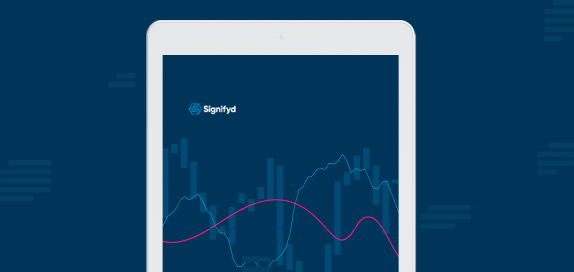Sales of luggage soared in March, according to Signifyd’s ecommerce data, and it’s no wonder. Spring was a mirage in many parts of the country, lost in the relentless torrent of rain and superstorms with scary names and damaging consequences.
Just buying a suitcase, even without a travel plan, could bring some hope of escape.
Luggage sales rose 36% in March from a year ago, while footwear sales increased 23%, according to Signifyd. With the rain untamed, some retailers flooded the web throughout the month selling rain boots that were not on clearance, but full price.
Consider the experience of the country’s most populous state. Through mid-March this year, 11 atmospheric river storms pummeled California. In March alone, rain totals were 400% above normal in some parts of the state. Los Angeles saw more rain in March — 7.42 inches — than it had seen for the month in 45 years. So while the weather may have helped boost some verticals, others suffered. Overall, ecommerce sales in March rose a slight 2% from last year, with consumers, not surprisingly, paying more for less: the average order value rose 2% while product volume was down 2%, according to Signifyd.
Apparel, electronics and musical instruments are the winners
Ecommerce sales overall in the apparel, accessories and footwear vertical, which includes luggage, rose a healthy 12% in March from a year ago and saw increases in average order size (7%) and transactions (5%). Electronics sales rose 8% in March, driven by a 69% increase not in computers or video games, but surprisingly in musical instruments.
Consumers paid more for less in electronics; the average order value was up a healthy 16%, but product volume declined a negative 2% year over year, Signifyd data shows. This reverses a trend from recent months, when consumers bought more items that cost less, helped in part by switching to generic from brand names and purchasing more low-ticket items. Consumers may still be buying generic, but as prices continue to rise, low-ticket items grow scarce. Signifyd data also shows zero growth in transactions in March from a year ago.
But March did bring some very welcome news. Signifyd data recorded a 65% drop in fulfillment time year over year, which likely means that piano or guitar was delivered on time.
- Ecommerce sales in some verticals recorded negative sales growth in March compared to a year ago: Health and beauty closed the month down 4%, sporting goods (-3%), and home goods (-8%).
- March sales overall saw no gains in the number of transactions from a year ago, which reflects the quandary of cautious consumers navigating through an uncertain and inflationary economy.
- Fraudsters tried to party crash March’s sales growth in the apparel vertical. Fraud pressure rose 65% in footwear and 99% in luggage from last year, according to Signifyd, which defines fraud pressure as the fluctuation in the number of transactions that Signifyd machine-learning models deem very risky.
For the latest ecommerce and fraud trend data, visit Signifyd’s Pulse Hub.
Weather doesn’t stop crime
Ecommerce sales reached their highest quarterly mark yet with $332.2 billion in sales in Q4, according to reporting by Comscore in Retail Dive. So it’s no wonder that fraudsters were very busy in March, employing a variety of scams in an attempt to infiltrate accounts of merchants and consumers, Signifyd’s data shows.
Bot attacks — when fraud rings turn to automation to repeatedly place fraudulent orders or to repeatedly try different log-in credentials to take over accounts — were up 12% overall in March year over year. But the attacks soared 454% in health and beauty products and 1088% in electronics, which also saw a 20% jump in aged account attacks from last year. Older accounts are especially attractive for fraudsters to take over because they come with an established track record of legitimate orders.
Consumer abuse, initiated by legitimate customers trying to scam retailers, was down markedly from February but rose 16% over a year ago, Signifyd data shows. And while several verticals recorded negative numbers in consumer abuse, others exploded.
Home goods were victimized by legitimate customers looking for free stuff
Home goods was up 3705% from a year ago, which could be a lot of customers complaining about an item that wasn’t received when it was, or torn sofas or scratched nightstands that really weren’t torn or scratched. The idea is to keep the item while receiving a refund for it. In health and beauty, consumer abuse rose 225% from last year, with the wellness and fitness category receiving the majority of scam attempts, up 456% from a year ago.
And then there were the spoofing attempts, which in March targeted sporting goods. Geo spoofing, which masks the IP address from which an order originates, was up 638% from a year ago, and device spoofing, when a device is masked or camouflaged, rose 472%, Signifyd data shows. It’s not clear what sporting goods equipment the fraudsters wanted since much of the country had uncooperative weather, but sporting goods stores do sell parkas and shoes. And who knows? Since the fraudsters tried to scam some luggage in March, maybe they’re planning a vacation. Nah. Probably not.
Photo by Getty Images
Want to tackle fraud and consumer abuse? We can help.












